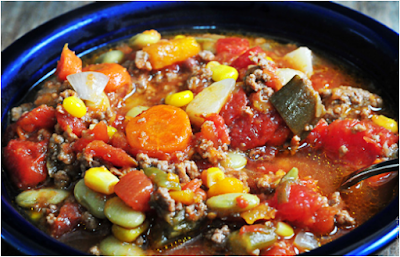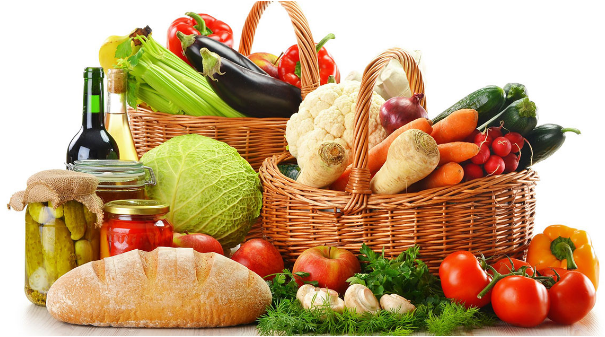Make Thick, Delicious Yogurt in Under 10 Minutes
Have you ever tried making yogurt at home? If yes, you must be aware of all the challenges of making it thick and delicious - similar to the store bought one. If you don't know the right way of making, it may turn out runny or sour and the excess water needs straining which also strains out the liquid probiotics.
Once you learn how to make it properly, there is no reason you won't make it regularly. After all, it's so delicious and healthy - with so many health benefits for people of all age groups. But it's only healthy when it is free from harmful additives like gelatin (glue made from animal bones), pectin (a bio-polymer acid, lab-made ingredient), etc.
 |
| Delicious Yogurt |
To make this delicious food in the healthiest way, all you need is milk, yogurt culture (leftovers from the previous batch) and most importantly - a pure clay pot. Pure clay is a non-toxic material so no metal toxins leach into yogurt. The pot made from this material is naturally semi-porous or breathable. So no excess water stays in the yogurt as the micro-pores slowly draw out water (& just the water, leaving the liquid probiotics intact) making your yogurt thicker and silkier, naturally!
Here are three simple steps to making yogurt in a pure clay pot:
Heat the milk to just before boiling point (till small bubbles form on the surface). Turn stove off, and open lid and let it cool down for 30 mins or so, till you can put your little finger and hold it there for 5 secs. Now the milk is ready for the culture. (this process takes about 2 minutes hands-on-time)
Add yogurt culture. (two minutes hands-on time)
Set in the oven with the lid on and oven light on. (one minute hands-on time)
That's a total of fewer than 10 minutes!
Let it incubate for 6-8 hours and the yogurt is ready. The yogurt left in the pot gets thicker and thicker over time. Besides being thicker and creamier, the yogurt made in pure clay pot is without a doubt healthier because the food has no interaction with metals or chemicals from the pot. And does not experience nutritional loss while cooking or heating. Also, no additives are used like in the store bought yogurt - save you from harmful effects of artificial additives and sugars.
When making thick and delicious yogurt at home is this simple there is no reason you shouldn't get your own pure clay pot and try this healthy food.
Hi, this is Sharon Ray and I hope you enjoyed reading my article about making yogurt as much as I enjoyed writing it. I am a passionate healthy cook and I love to spread the word about cooking healthy. For that, you need a healthy and non-toxic cookware and I got mine from Miriams Earthen Cookware -- an All-American company that makes 100% Healthy, Green & Non-toxic cookware. Their pots and pans are individually handcrafted and hand finished without using ANY chemicals, metals, glazes, additives, extenders or toxins.
Article Source: https://EzineArticles.com/expert/Sharon_Ray/2215391





